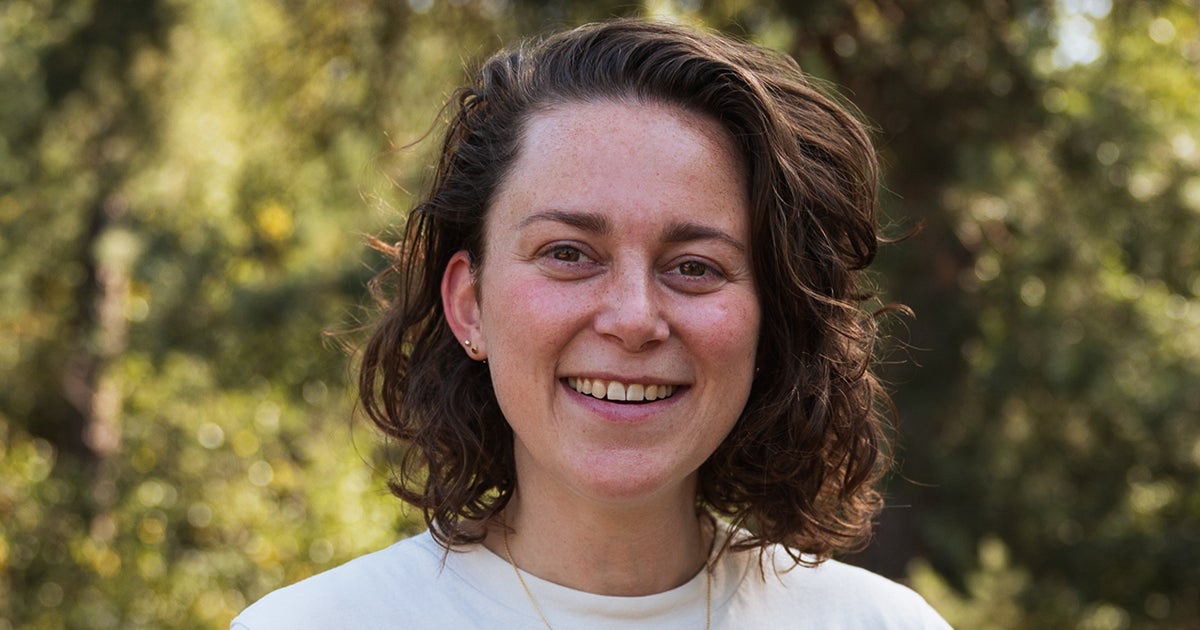Staph is a bacterium that lives on the skin and can cause all kinds of infections. This bacterium can become resistant to antibiotics because it forms a slime layer – biofilm – which prevents the antibiotics from reaching the bacteria. Research doctor Lisanne de Vor from UMC Utrecht has shown that certain antibodies (linked to specific enzymes) can break down the biofilm, making resistant bacteria susceptible to antibiotics again. She received her PhD on this topic on November 4th.
Skin inflammations, heart valve inflammations and implant infections. These are nasty infections that staph bacteria can cause. And when antibiotics can no longer reach this bacterium, treating such infections becomes more and more complicated. Biofilm formation on the surface of a medical implant, such as a heart valve or prosthesis, is also a known complication of staph infections. In a biofilm, bacteria are protected from antibiotics and immune cells by a self-constructed layer of sugars, proteins and DNA. Because existing treatments are often not effective enough against staph infections, new treatment options, such as antibody therapy, need to be developed. “Through our research, we have a better understanding of how antibodies can stimulate staphylococcal phagocytosis. We also gained more insight into the utility of antibodies against biofilm-related infections. These findings may contribute to the development of antibody therapy against staph infections.” says Lisanne de Vor from the Department of Medical Microbiology at UMC Utrecht.
Biofilm
Antibodies
Antibody therapy is currently used primarily for the treatment of cancer or autoimmune diseases, but little is known about whether antibody therapy may also be useful in the treatment of infectious diseases. In her doctoral research, Lisanne investigated how antibodies can be used to treat infections S gold in S. epidermis fight.
Protective layer
Antibodies can bind specifically to foreign structures, such as bacteria, and designate them as ‘dangerous’ to the immune system. To date, there are no known antibodies capable of recognizing the biofilm. Lisanne and colleagues showed that antibodies can recognize staphylococci in biofilm, despite the protective layer of slime surrounding the bacteria. This means that the antibodies could potentially be used to develop antimicrobial therapies for implant-related infections.
It was already known from previous studies that bacteria can become sensitive again to antibiotics and immune cells after being “released” from a biofilm. Specific enzymes that can break down the protective mucus layer are therefore of great importance, but are difficult to administer to patients. To investigate the practical utility of antibodies in this regard, researchers linked antibodies to these specific enzymes. In a in vitro study, Lisanne and her colleagues demonstrated that fusion proteins retained the ability to bind bacteria. The fusion protein was also able to inhibit biofilm formation S gold prevent and break down the already formed biofilm.
Costume antibodies
In an other in vitro study, Lisanne also showed that adapted antibodies, originally developed to strengthen the immune system against cancer cells, can also be used to treat staph infections. Antibodies with this adaptation can also activate the still underdeveloped immune system of newborns to eliminate bacteria. These results show that antibodies could promote the “eating” (phagocytosis) of bacteria by immune cells and could therefore be useful in the treatment of neonatal bloodstream infections due to infection with S. epidermis.
Promotion
Lisanne de Vor (1993, Nieuwegein) defended her thesis on November 4, 2022 at Utrecht University. The title of her thesis is “Staph Infections: Can Antibodies Help?Initiators were Prof. Dr. Suzan Rooijakkers (Department of Medical Microbiology, UMC Utrecht) and Prof. Dr. Harrie Weinans (Department of Orthopedics, UMC Utrecht) Co-supervisor Dr. Kok van Kessel (Department of Microbiology Medica, UMCUtrecht) Lisanne continues her career as a postdoc in Prof. Suzan Rooijakkers Bacteria & Complement research group at UMC Utrecht.


